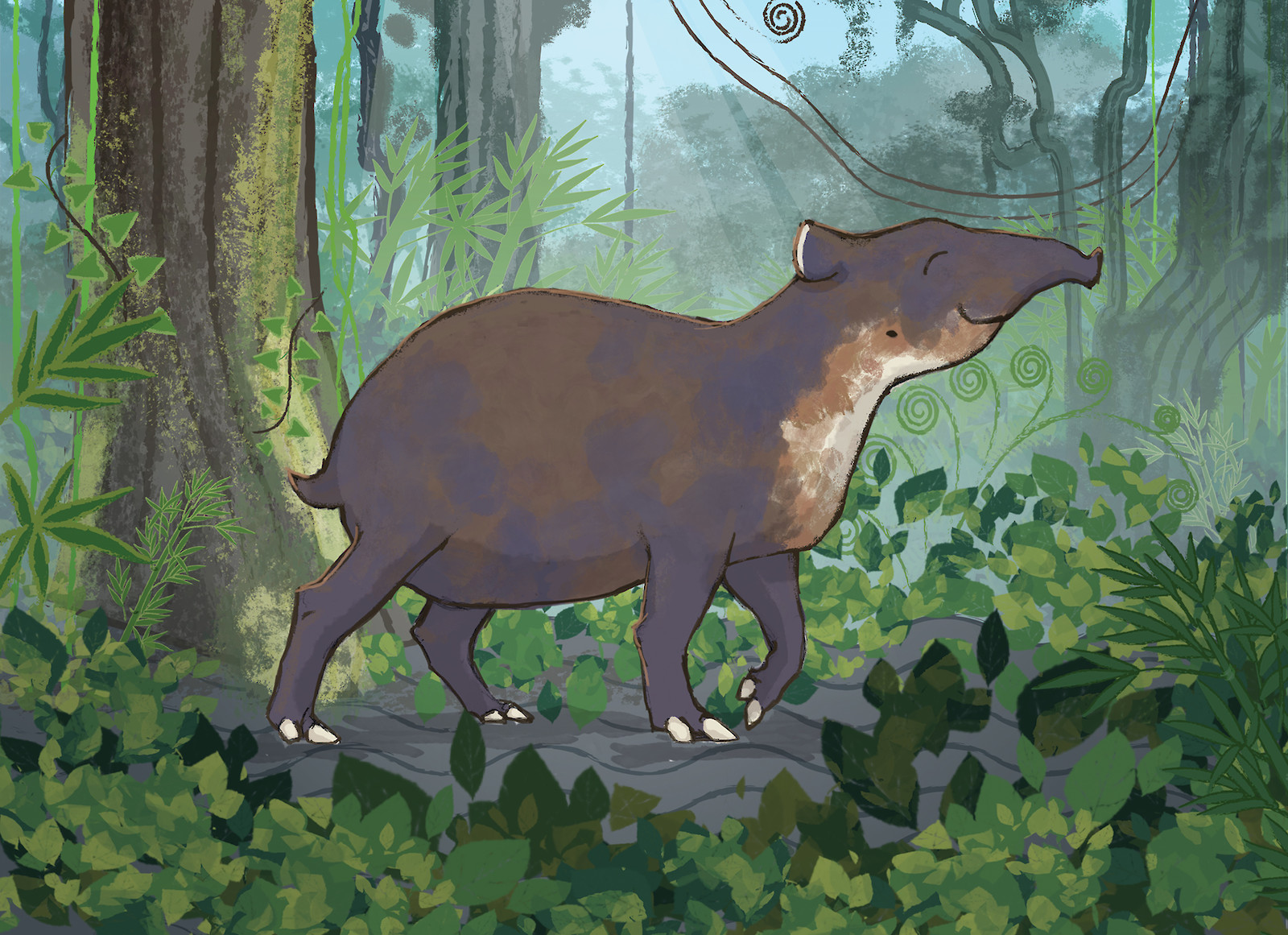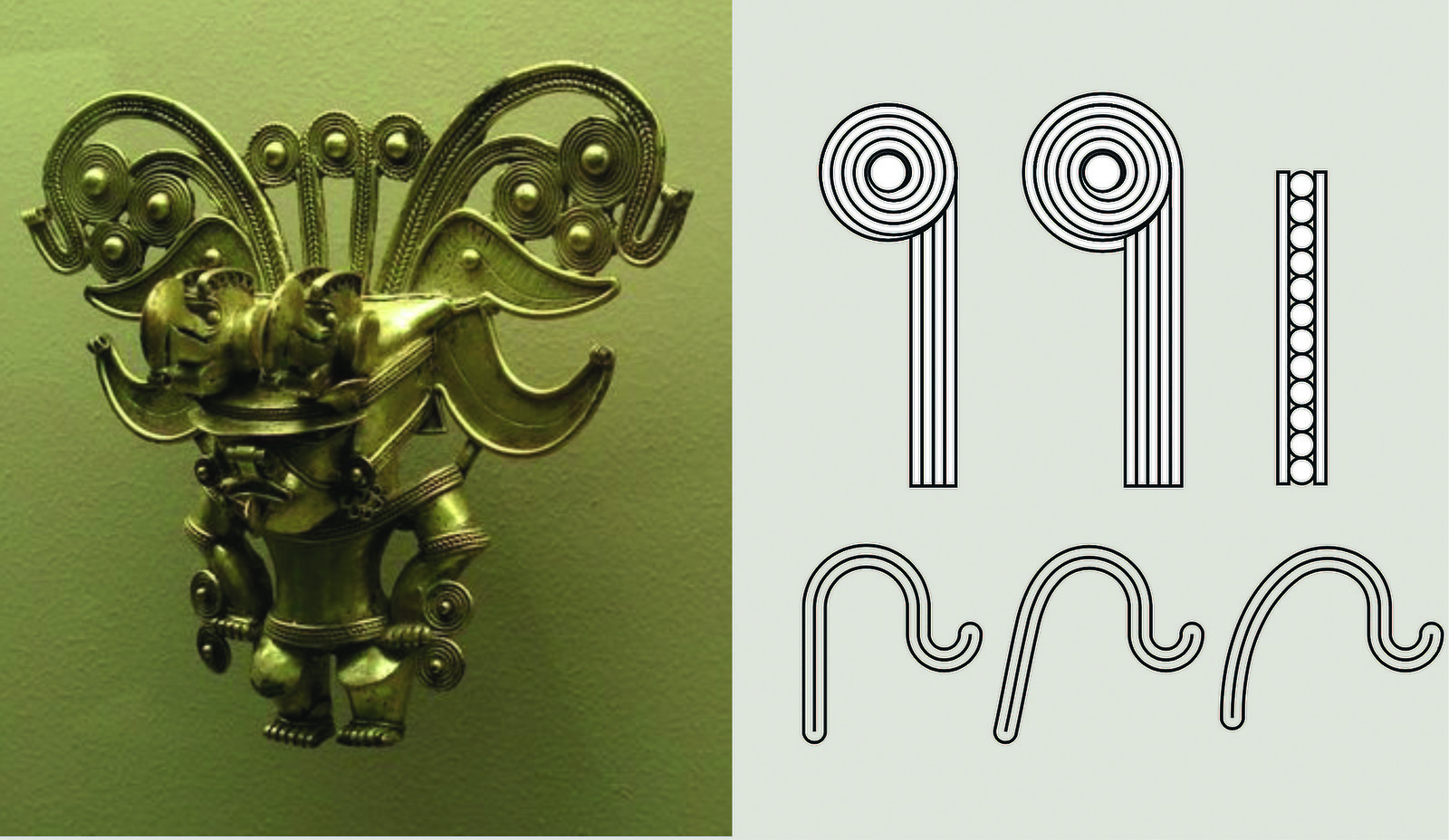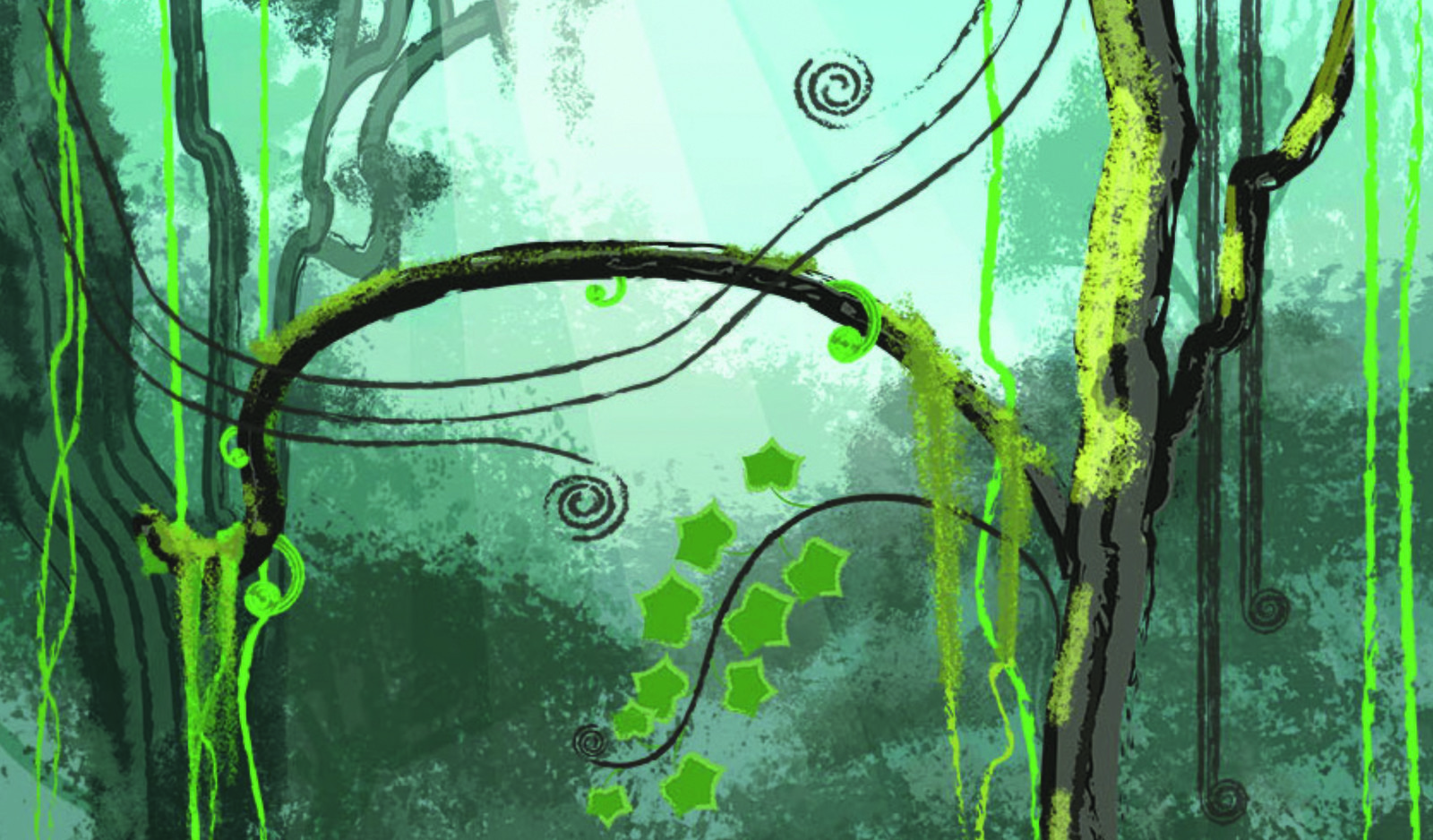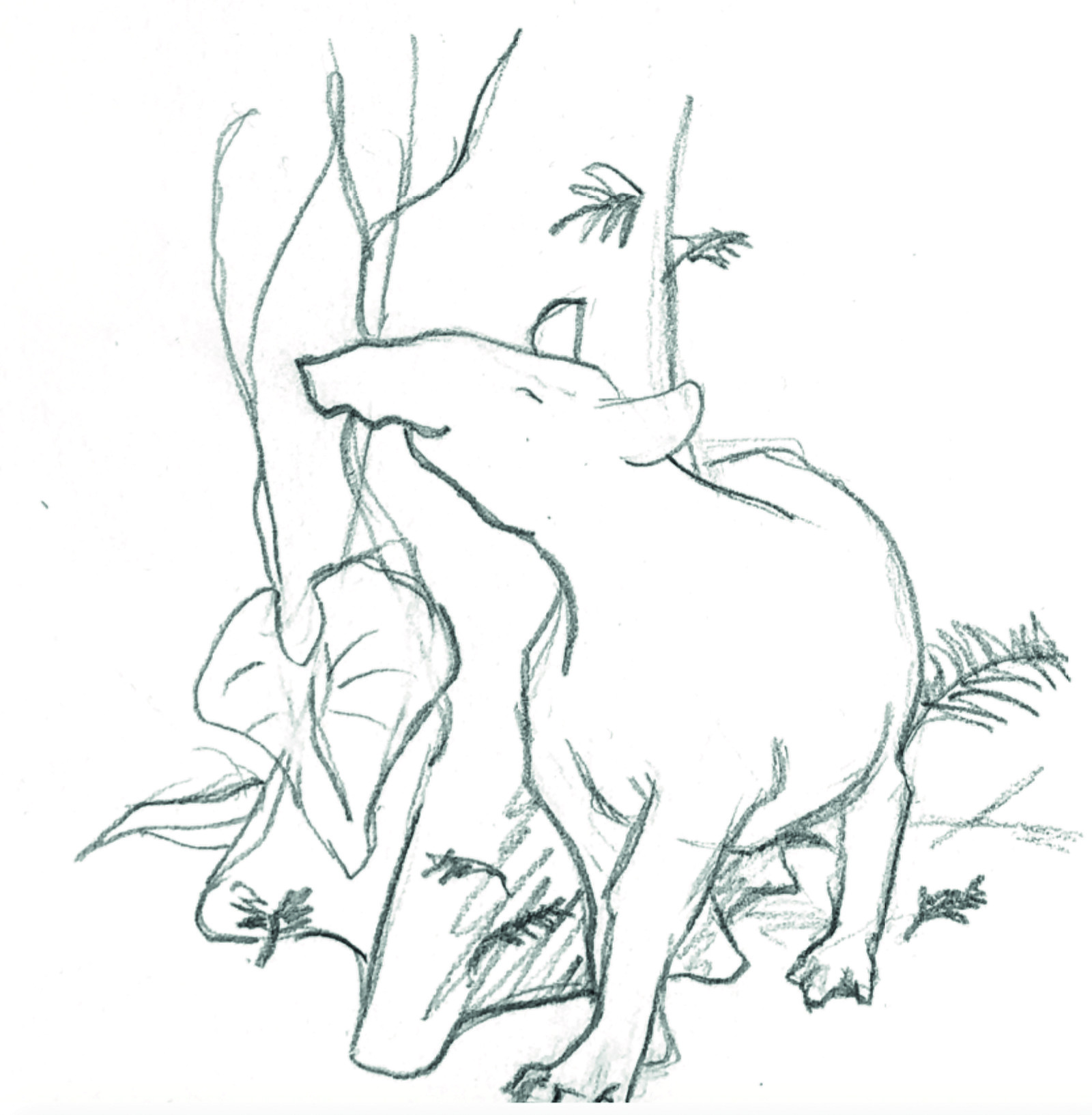Gardeners of the highlands
Communicating for the conservation of the Talamanca mountain range
How can animated illustration be used to engage the online community with wildlife conservation?
«Gardeners of the highlands» aims to develop an informational campaign to increase the public awareness towards the conservation of wild species of the Talamanca mountain range in Costa Rica. This project, through the use of technical foundations of applied illustration, aspires to generate and communicate empathy of people from diverse backgrounds to support the conservation efforts.
This campaign will use scientific data to generate a series of animated cartoons and illustrations to communicate scientific knowledge in an intelligible way to enthusiastic non-experts. These emotion-evoking cartoons explore the use of social networks as a medium to transmit knowledge in society. This could serve as a novel way of accessing and assimilating information to create awareness and support for the conservation of these species.
Cartoons to communicate science
One of the challenges to achieve effective, responsible communication relies in the fact that we need to make sure the audience understands the importance of biodiversity and get to create an emotional bond to the species without misleading into the idea that wild animals can be seen as pets, especially by the younger population. Cartoons can be a powerful tool for education because they trigger scientific curiosity. As conservation communicators, we have a great responsibility in the way we use images due to the impact they will have in the way the audience can perceive animals, both domestic and wild. This kind of communication relies on the iconicity of visuals to obtain an emotional response which can create a long-lasting relationship with conservation.



